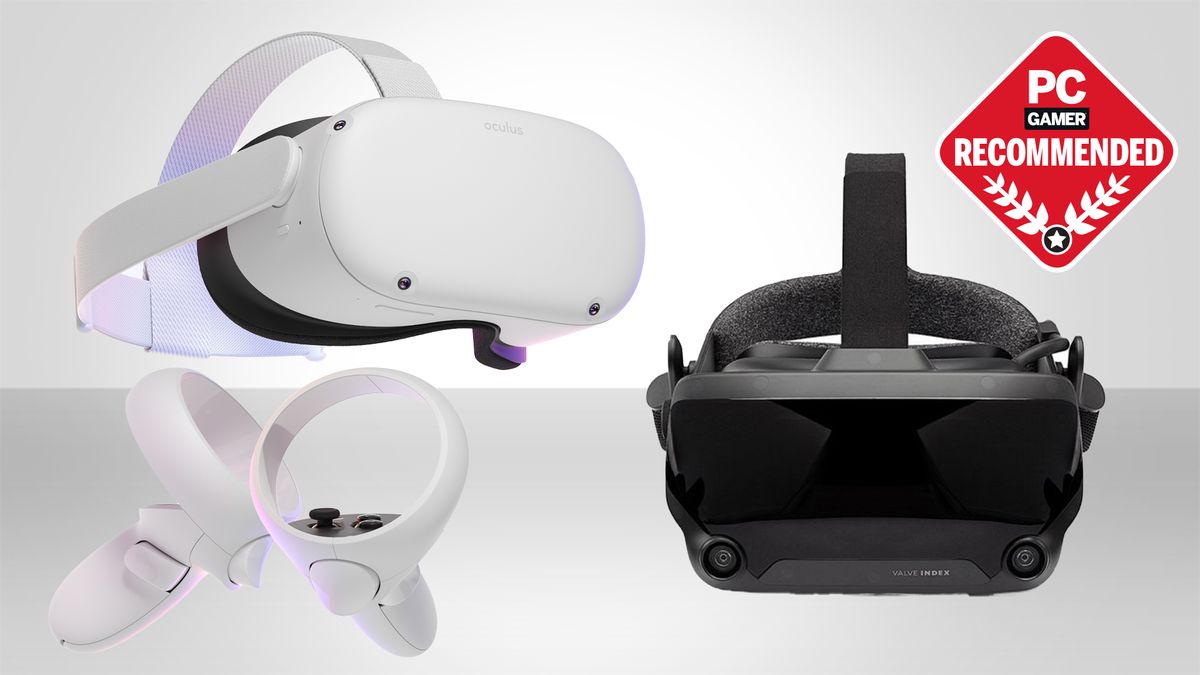

Playing games like Half-Life: Alyx and Cooking Simulator VR was exceptional, controller-wise. Meanwhile, each controller has a clickable thumbstick, a touchpad, two face buttons, a menu button, a trigger and 87 sensors for various types of tracking in addition to an accelerometer. During playtest, they provided around five hours of gameplay and only needed less than a few hours to charge completely. Meanwhile, the knuckle controllers have internal batteries that are rechargeable through USB-C ports on the bottom. To loosen the strap, all users have to do is press a button near the drawstring. Unlike most VR input devices, the controller stays attached even when hands are completely open. Inserting palms into the cloth strap and pulling the drawstring below the controller makes these feel like an extension of your hands instead of just controllers.

After utilizing these dual controllers for a week, I can confidently say that these are the benchmark standard for VR input. That level of comfort extends to the knuckle controllers too. While the Index has built-in audio, users can also plug in their own headphones or gaming headset by removing the face pad to reveal the 3.5mm headset jack.

As a nice touch during gameplay, there’s a button that opens Steam VR, which provides an overlay for quickly switching games and other prompts like camera pass-through. This allows for things such as a third-party external fan, which should keep the Valve Index from getting too hot, but that wasn’t much of a problem even during sessions that lasted well over an hour. The faceplate is removable via magnets and houses a USB-A slot. Again, all of these features make using the Valve Index an experience that always feels comfortable. Finally, there’s a focal point slider underneath the headset for added eye comfort as well. On the right side is another dial to position the screens closer to or away from the eyes. Similar to the PSVR, users fasten the Index using a dial, though there’s also a front strap to tighten the headset itself securely on the face. The plastic head harness for the Valve Index sits on top of the head comfortably, thanks to plenty of padding from the face to the head. Despite being heavier than the Meta Quest 2, PlayStation VR and HP Reverb G2, the even weight distribution on the headset doesn’t feel uncomfortable even during long play sessions. One of the most noticeable things about the Valve Index is how thoughtful the design is all around. It all makes a wonderful first impression. Both the headset and knuckle controllers are the first thing users will see on the first layer, above the second compartment housing the dual trackers in addition to necessary cables. Opening the all-black box reveals everything needed to get the Valve Index up and running in a seriously organized presentation.
#Best vr desktop Pc#
Compared to other wired headsets, the Valve Index is easily the best VR headset for high-end PC gaming. PC gamers that are already deep in the Steam ecosystem - and have equally deep pockets - will find much to appreciate about the Valve Index, including the phenomenal headset itself as well as its wonderful controllers. This means users have access to well over 200 games and productivity applications. Following its collaboration with HTC on the first-generation Vive VR headset, 2019 saw Valve produce and manufacture its own VR device with the Valve Index.Īvailable for $999, the Valve Index is built to be used on the company’s Steam platform. However, its virtual reality initiative is what properly set the stage for its successful run of devices after the failed Steam Machine consoles. After spending the last decade attempting to carve out space within the hardware world, the Washington-based company most recently surprised many with the well-received Steam Deck. Your CNN account Log in to your CNN accountįrom being a first-rate developer of contemporary gaming classics like Half-Life and Dota to establishing the industry’s biggest PC gaming storefront in Steam, Valve’s evolution has been jaw-dropping.


 0 kommentar(er)
0 kommentar(er)
